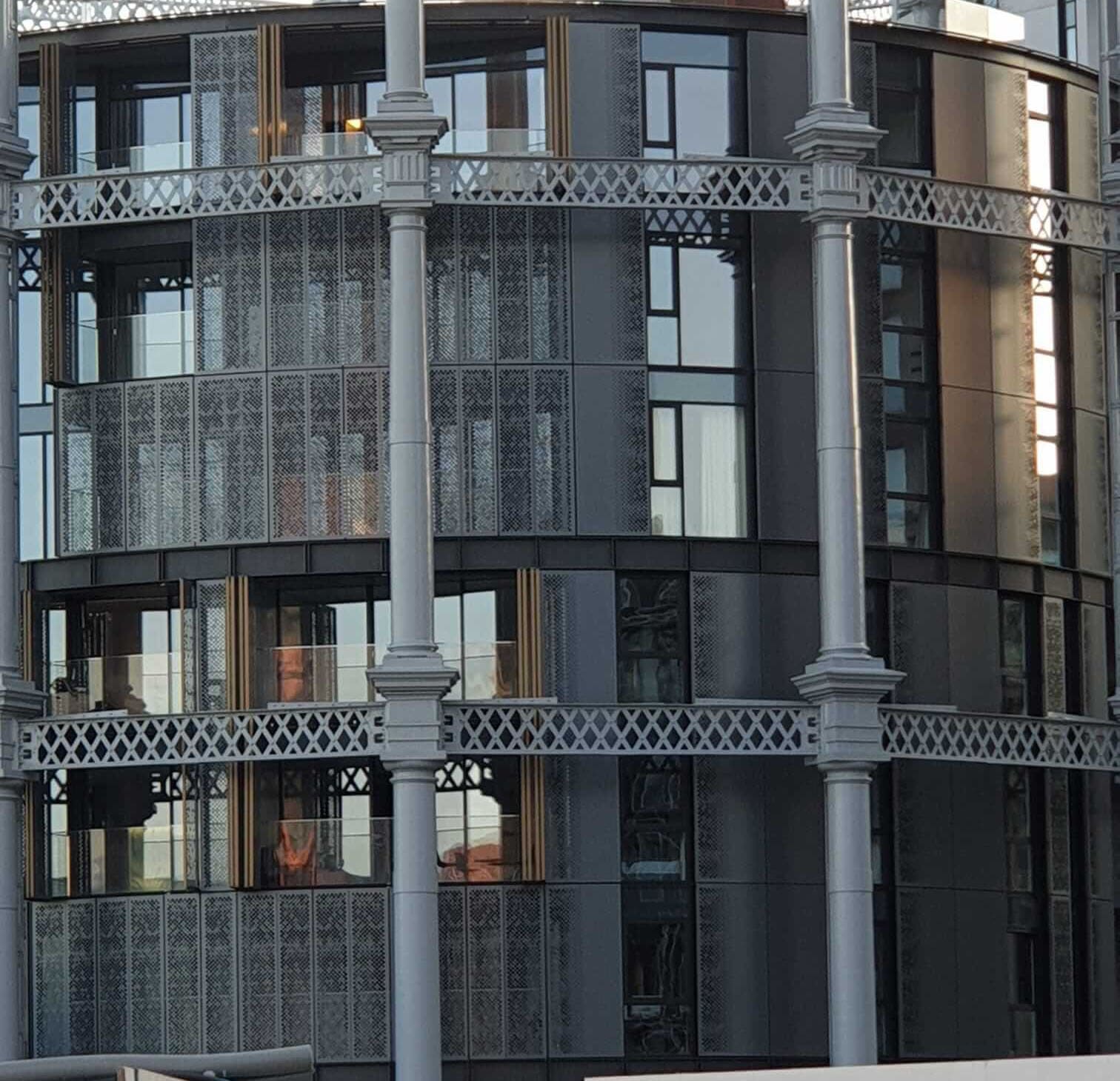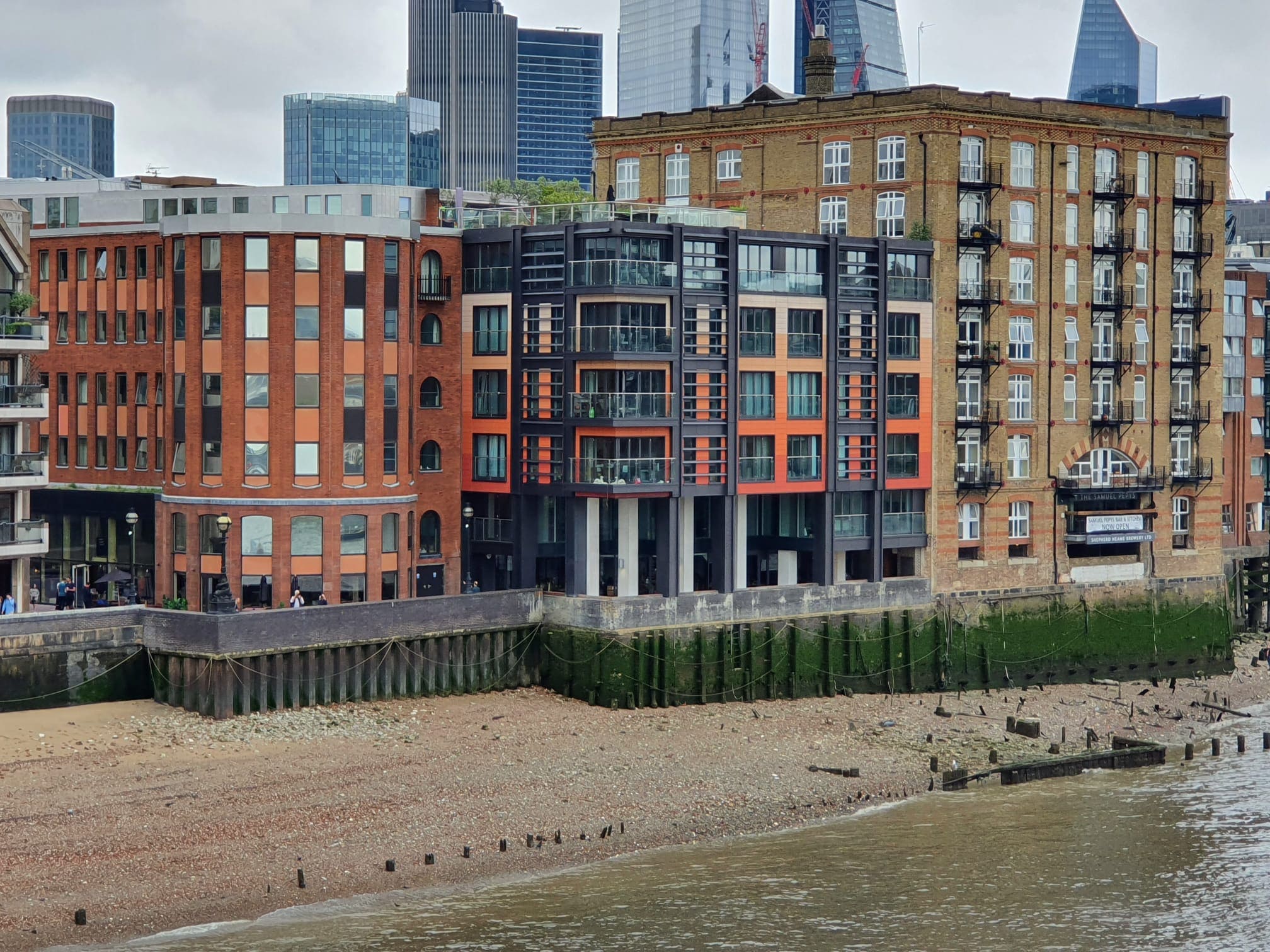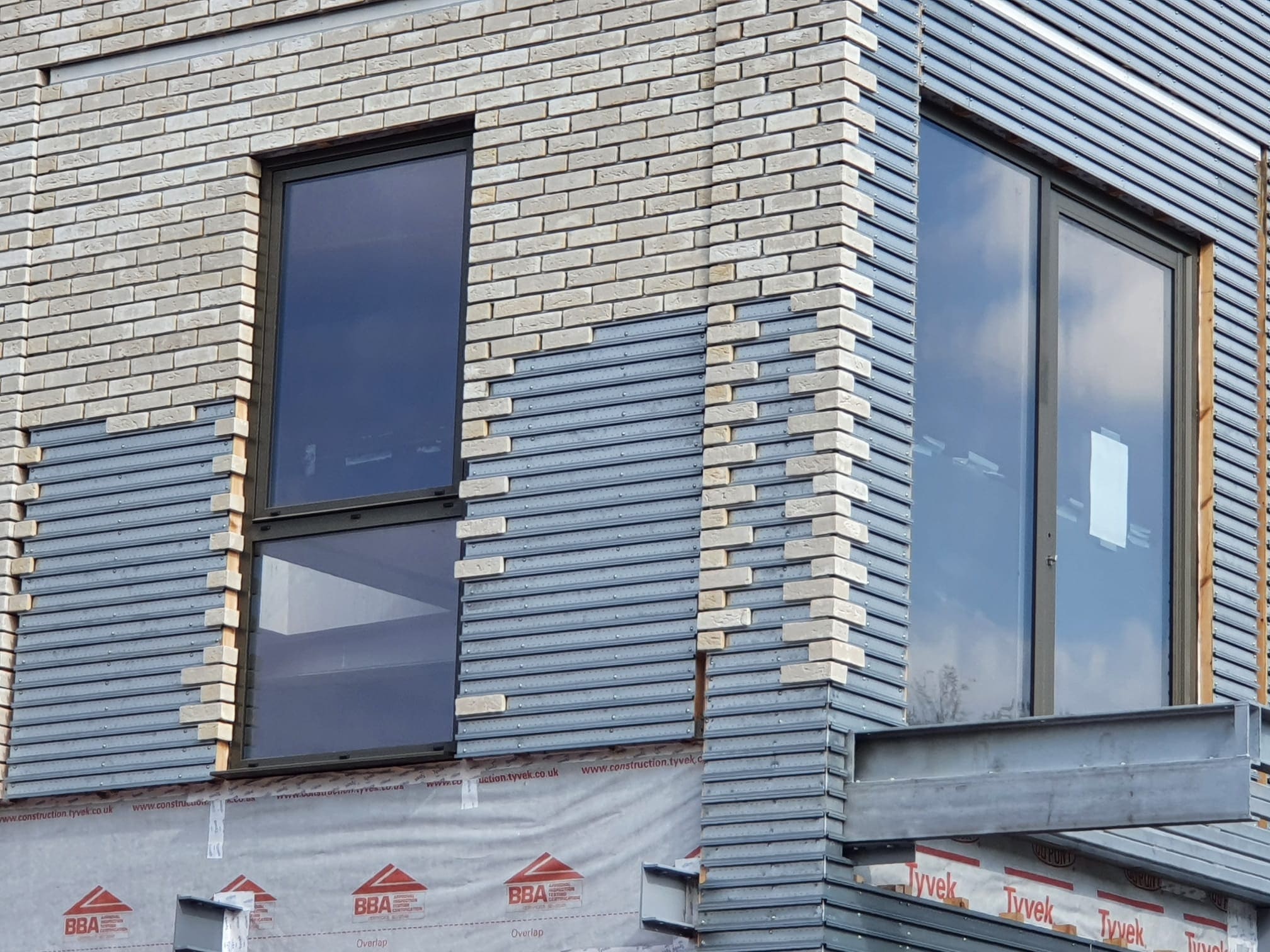 244
244
 0
0
The Deadly Impact of Carbon Monoxide Poisoning
Every year, approximately 60 people in the UK die due to carbon monoxide poisoning. We have previously discussed the importance of ensuring smoke alarms are in good working order. Since 1 October 2015, landlords have been legally required to install carbon monoxide alarms in any room where solid fuel is used, in addition to smoke alarms in rental properties.
Legal Requirements for Landlords
Failing to comply with the Smoke and Carbon Monoxide Alarm (England) Regulations 2015 can result in a fine of up to £5,000. According to the Gas Safe website, carbon monoxide is produced when natural gas, liquefied petroleum gas (LPG), oil, coal, or wood burns incompletely. This can occur when a gas appliance is incorrectly fitted, poorly maintained, or badly repaired.
Causes of Carbon Monoxide Poisoning
Carbon monoxide poisoning can also occur if flues, chimneys, or vents are blocked. The gas replaces oxygen in the bloodstream, leading to tissue and cell damage. Even minor exposure can be dangerous, with long-term effects including paralysis and brain damage.
How Dangerous is Carbon Monoxide Poisoning?
Every year, around 4,000 people in the UK visit A&E with symptoms of carbon monoxide poisoning. These symptoms include:
- Headaches
- Dizziness
- Nausea
- Breathlessness
- Collapse
- Loss of consciousness
Best Practices for Landlords
While homes heated by gas and oil are not legally required to have carbon monoxide alarms, it is best practice for landlords to install them regardless. Keeping records of alarm installations, maintenance checks, and their locations ensures compliance and tenant safety. Smoke alarms and carbon monoxide alarms should also be included in the property inventory.
Understanding Your Legal Obligations
If you are unsure of your legal responsibilities, refer to the government's guidance on landlord obligations to ensure full compliance with safety regulations.





Meet our Expert Property Commentators



























